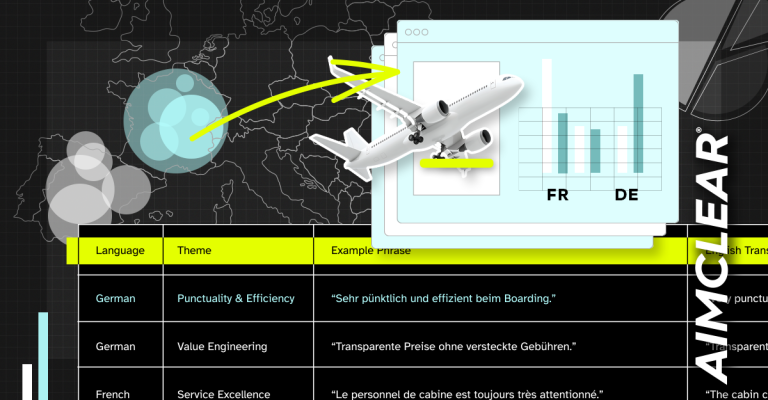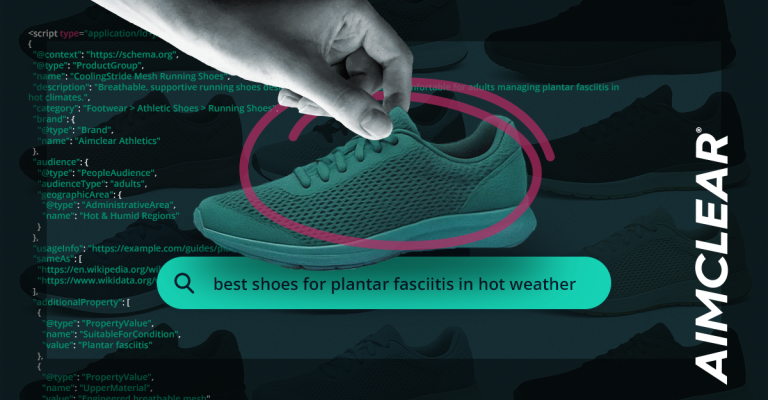AIMCLEAR had the pleasure of attending Future Insights Live 2014 in Las Vegas last month, where some amazing developers, designers, and thought leaders in the industry shared their thoughts. The four-day conference showcased tools and ideas to help improve the performance and usability of web applications. Read on to learn about the three most discussed tools from the conference that we are excited to start using around the office.
Varnish Cache
We know what you’re thinking “Woohoo, application caching! I want some of that…” Well, maybe you weren’t thinking that, but your performance on the web matters and Varnish Cache can really help speed up your site. Varnish Cache is a caching layer that sits, like the name implies, in front of your web server to create a fast, silky smooth experience for your users. To do this, Varnish Cache receives requests before they hit your web server potential, saving precious processing power. Varnish Cache passes requests through to your web server for processing and, more importantly, returns a cached version of the request immediately without having to bother your web server at all. This means that installing Varnish Cache in front of slow, plugin heavy, content management systems like WordPress, Drupal, or Magento can have a massive impact on performance. Varnish Cache claims that a correctly configured installation can increase the speed of your site 300 to 1000 times. Sounds like it’s worth a peek to us.
Firebase
This amazing API allows developers to quickly create applications that save and sync data instantly across any platform. Firebase even works when users are offline, syncing data back to the application when an internet connection is re-established. The API is powerful enough to run your entire application, but can also be used in conjunction with your existing systems to build more interactive elements. The API is simple and straight forward, the basics can be learned in just 5 minutes with their online tutorial.
Node.js
Node.js has been around for several years already, first released in 2009. That, however, doesn’t mean that it wasn’t a hot topic at Future Insights Live. Node.js allows your already over-caffeinated developers to quickly create networking applications that can be used for any wild idea they can dream up. This is especially true with the increase in powerful feature-rich APIs that can be combined within Node.js. By aggregating APIs, developers can prototype incredibly complex system interactions in just minutes. As an example; let’s say you merged the APIs from Firebase, Twilio, and Twitter. You might end up with a system that syncs your marketing data in real-time across all your devices, while sending SMS messages to stakeholders about key performance indicators. Pretty powerful service that could be created simply with Node.js.
There was definitely lots of information to soak up at Future Insights Live this year. These were the ones we think have awesome sauce. Did you attend Future Insights Live? What were some of your takeaways?












